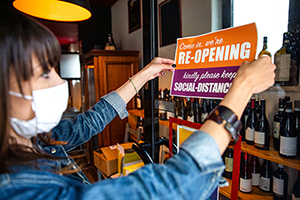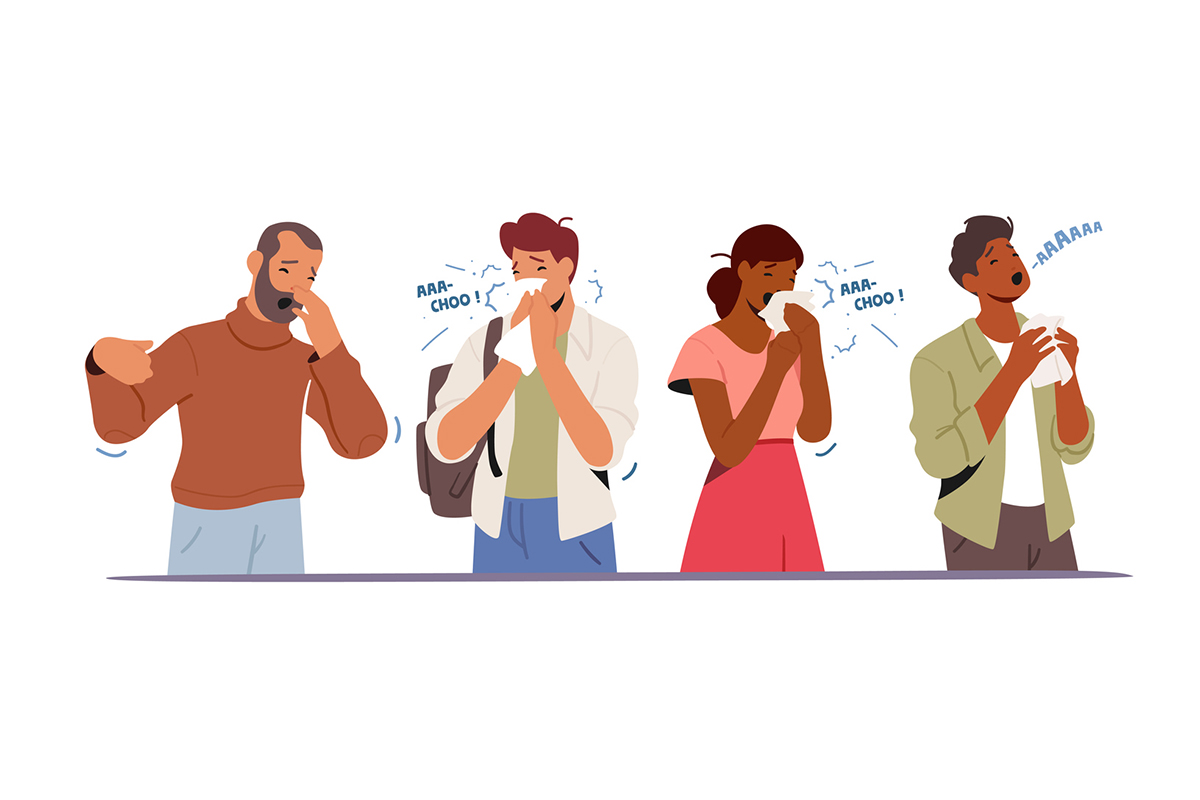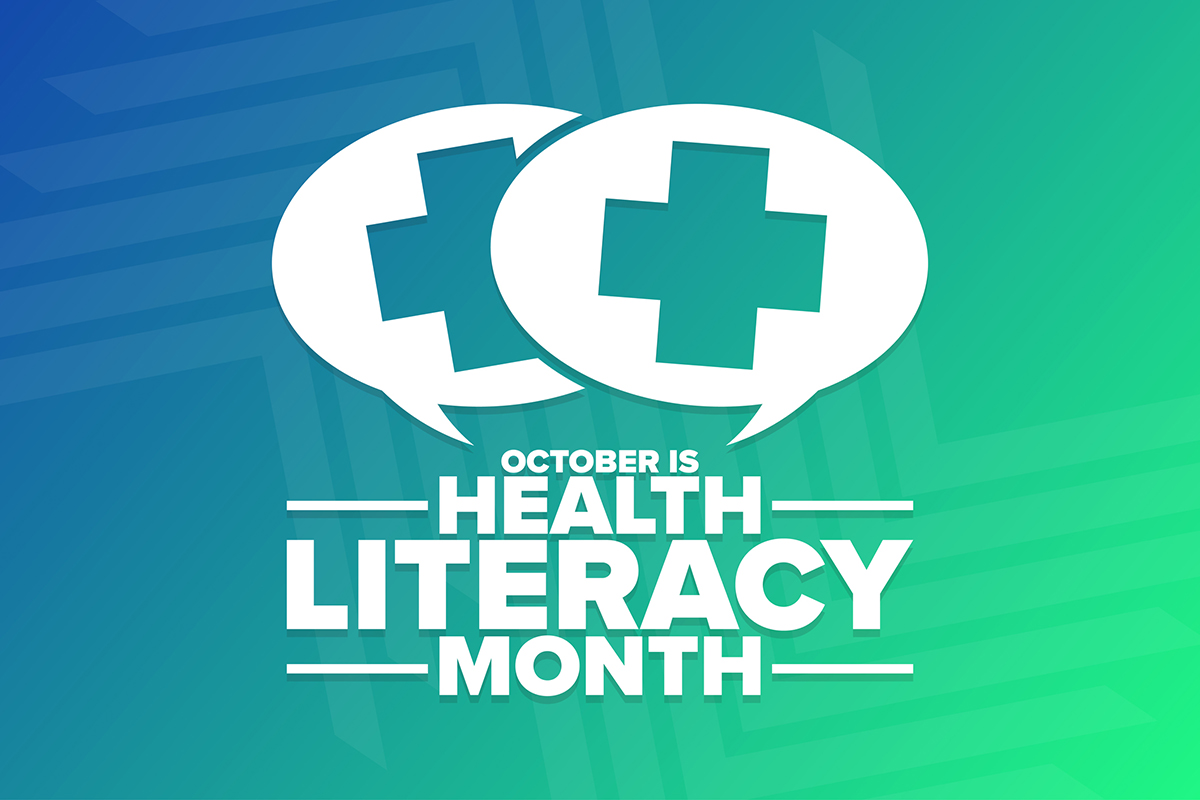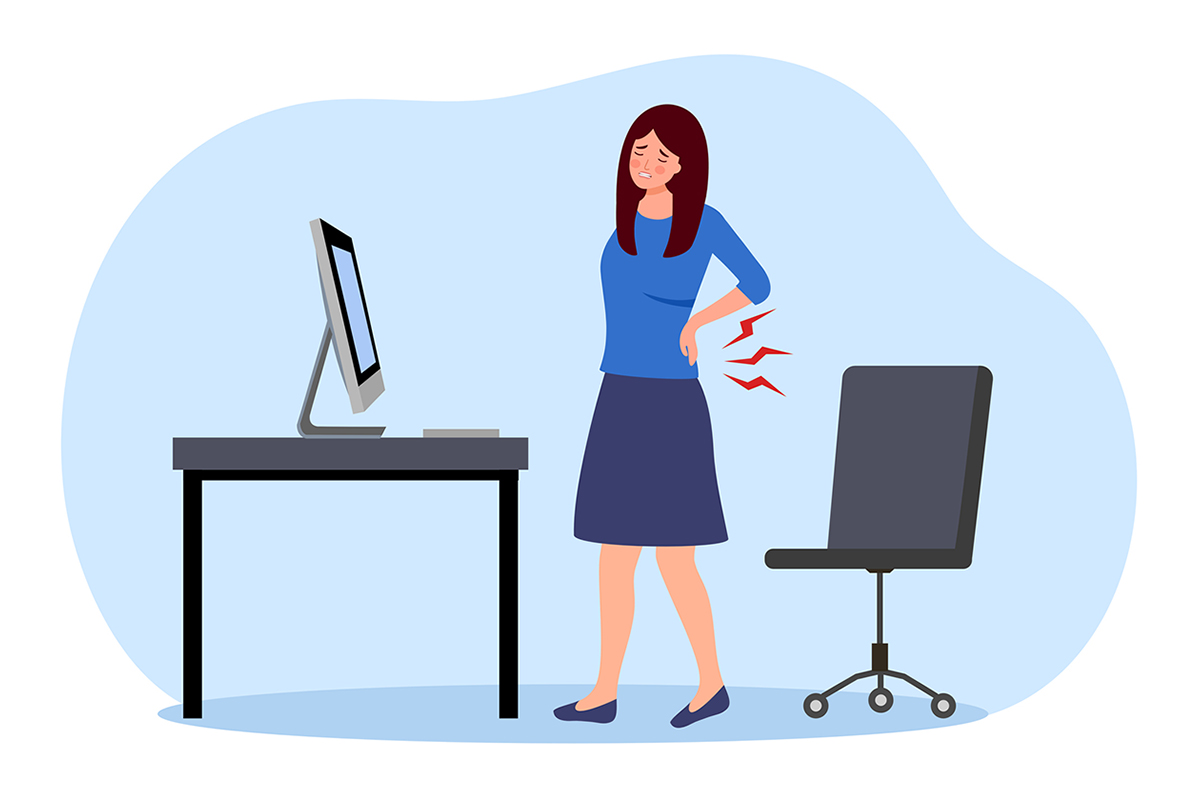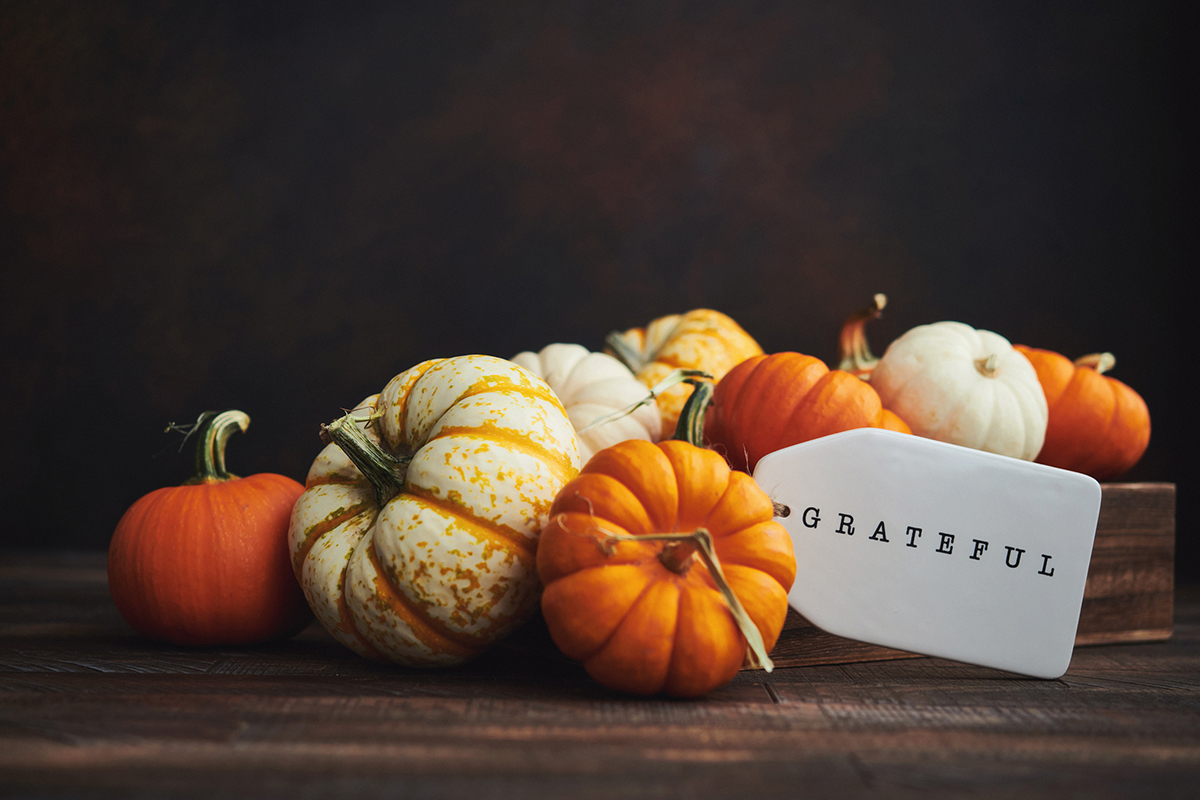COVID-19 pessimists feel vindicated this month as cases surge in parts of the US that thought they’d dodged the coronavirus bullet; the baseball season is in doubt with entire teams quarantining and out of action; Dr. Fauci announced it’s “impossible to predict” how long the pandemic will last, and issued a call for face shields; a prominent conservative—Herman Cain—who was seen without a mask at a Trump rally, died of COVID-19; a surprisingly high prevalence of heart complications in survivors; and teachers are threatening to strike if forced to return to unsafe schools next month.
Looks bad!
Americans are confused and depressed as the months of lockdown wear on, days merging in a seemingly endless vista of boredom and deprivation. To top it off, the very seriousness of the pandemic, and measures to contain it, have become absurdly politicized, with a looming election amping up the divisiveness.
So, how does it end? Or will it ever?
I predict it will. Scourges from time immemorial have played themselves out, and long before modern medicines and vaccines hastened their departure. Usually there’s an element of social distancing involved. Even in the Middle Ages, people learned to sequester themselves and minimized contact, slowing the progression of infectious diseases. Plagues came and went, admittedly sometimes killing millions, but eventually they receded. There are lessons to be gleaned from these ancient precedents.
It isn’t just a matter of wearing protective gear or staying at home. Humans are equipped to adapt to viruses via our supple immune systems. There’s a threshold of “herd immunity” whereby, when a sufficient number of people have been exposed to the virus, it stops propagating. Each virus has its own threshold depending on how infectious it is. For SARS-CoV2 it’s estimated that 60-70% of the population needs to acquire it before herd immunity is established. So some think herd immunity to COVID-19 is unattainable unless we’re willing to invite catastrophe.
But there’s some new-think about herd immunity, and I think it speaks to the paradox wherein some parts of the world, and our country, are experiencing a downtrend in cases while others are surging.
Experts who doubt we’re approaching herd immunity note that even New York, the epicenter of the US pandemic, only records at most a 20-25% rate of antibody positivity, which is a lot, but far below what’s required to stop viral transmission.
Now several recent papers are challenging that orthodoxy. Using sophisticated modeling techniques, they point out that herd immunity is a concept borrowed from vaccine science, and doesn’t apply neatly to messy human pandemics where circumstances vary according to natural resistance factors and exposure discrepancies.
In a study released last month—sure to generate its share of controversy—researchers claim “Our inferences result in herd immunity thresholds around 10-20%, considerably lower than the minimum coverage needed to interrupt transmission by random vaccination.” If this is true, then herd immunity will kick in for many parts of the country and world well before a majority of the population is exposed—without all the attendant severe illnesses and death such a widespread “let-er-rip” strategy would entail.
Maybe that’s why New York, and European countries hard hit this spring, are now recording record low hospitalizations and deaths?
Sweden’s controversial experiment with minimal shut-down has garnered many detractors, but the word is not out on its ultimate efficacy. While slammed for a while, deaths are now way down, and Sweden doesn’t appear to be experiencing a second wave like parts of the previously locked down Europe and US. It may turn out that, months from now, they’ll be better off than their Scandinavian neighbors who enacted more stringent stay-at-home orders by virtue of the fact that more Swedes were exposed to mild infections (Swedish officials admit that they erred by not offering more protection for their at-risk senior population).
And India, long thought to be especially vulnerable with its poverty and crowding, has fared unexpectedly well, with under 40,000 COVID-19 deaths. In Mumbai’s teeming slums, a recent survey found that an astonishing 57% of the populace has been infected with coronavirus. Many were asymptomatic, and there was a low death rate. But slum-dwellers were generally younger and suffered fewer co-morbidities than their more affluent peers in richer parts of town. Maybe it’s the Hygiene Hypothesis at work?
In light of these findings, it’s counterintuitive that America is plunging headlong into a full or partial fall school closure. The facilities that do open will be monitored closely, and if a single case arises, even if asymptomatic, they will promptly be closed for disinfection and quarantining. This, when our most potent weapon against the coronavirus is mass immunization of our kids, via the natural resistance conferred by mild infection. Our children can form the bedrock of herd immunity which will put speed bumps into the transmission of the virus. And if COVID-50 or 60 circulates back years hence when they’re adults, they’ll likely be bullet-proof.
Of course, seniors and those with known co-morbidities will have to exercise caution. They may become the first candidates for the vaunted COVID-19 vaccine, the end goal of “Operation Warp Speed.” As with the flu shot, many will refuse to take it, although it may be made mandatory for military recruits and medical personnel. Expect lawsuits to arise over compulsory immunization strictures should ever a vaccine arrive. It’ll be high-stakes poker for immunization advocates betting on the efficacy and safety of a rushed shot.
With or without a vaccine, therapies will improve, making it ever less likely that so many people will die of COVID-19. Just the right combo of novel or traditional antivirals, anti-inflammatory meds, and blood thinners, may alter the course of infections. It remains to be seen if hydroxychloroquine will demonstrate efficacy, but don’t discount it just yet. And FDA approval of convalescent serum opens up an entirely new avenue of cure.
One consequential wild card will be the natural “genetic drift” of the virus as it undergoes gradual mutations. This already appears to be underway, with some concluding that, while the virus is becoming more contagious, new variants are less deadly. Fingers crossed!
Public venues and offices will open up with innovative air purification features that may take some time to retrofit. Ultraviolet disinfection will become routine. Crowding on transit and workspaces will be minimized with flexible scheduling and remote work—no turning back.
And, hopefully, the pandemic will be a call-to-action for a sizable percentage of our population to up their resilience through diet, supplements, exercise and better sleep. These responsible strivers may, in theory, act as human circuit-breakers for viral transmission in months to come.
Don’t discount the resiliency of the human spirit. The “ick” factor is high for now, but signs of containment of the pandemic could flip the switch on public attitudes. History teaches us that close on the heels of the deadliest pandemic in modern history—the Spanish Flu—the Roaring Twenties ensued. It was a period of giddy optimism, where people crowded into speakeasies and cabarets, oblivious to the dangers of social proximity. Let’s hope that’s where we find ourselves next year.
